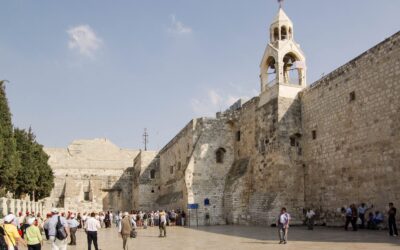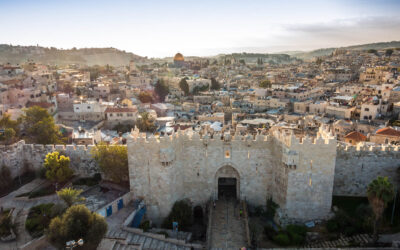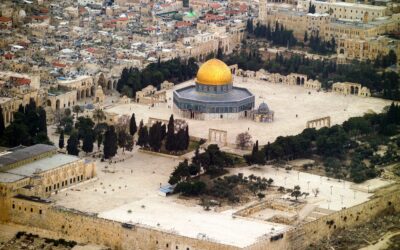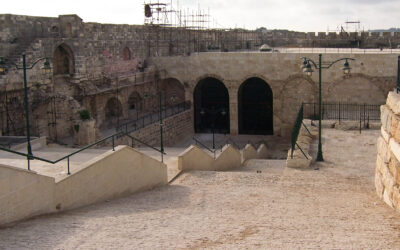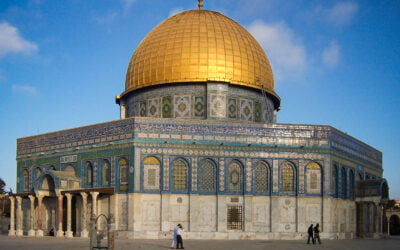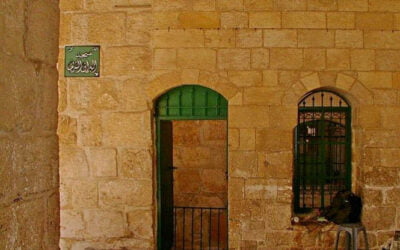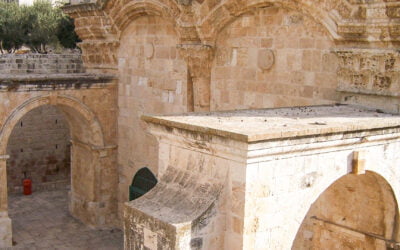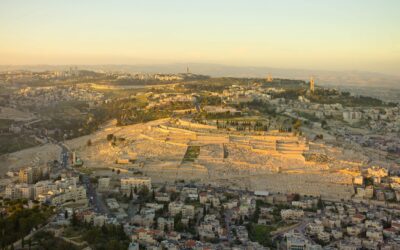GRAVE OF NABI DAWUD AS
- Dawud AS ruled the Children of Israil (Banu Israil) for forty years: seven years were in Hebron (al-Khalil) and thirty-three in Jerusalem, which became known as the City of Dawud.
- Amongst the many incidents in the life of Dawud AS, the most celebrated is his battle against the army of Goliath (Jalut), where at a relatively young age he singlehandedly defeated the giant Goliath. He later went on to rule the people of Israil, and was succeeded by his son Sulayman AS.
- It is uncertain where exactly Dawud AS passed away and where he is buried. Some surmise that this is his tomb and that he is buried here, while others are of the view that this is the spot where he resided during his lifetime.
- The tomb area is actually a large architectural complex. After ongoing disputes between the Jews and Christians of the time, Sultan Sulayman the Magnificent transformed the site into a Musjid and an Islamic site. Ever since that time until the year 1948, when it came under Israeli control, the site remained in Muslim control and in the continual custody of the Dajani family.

